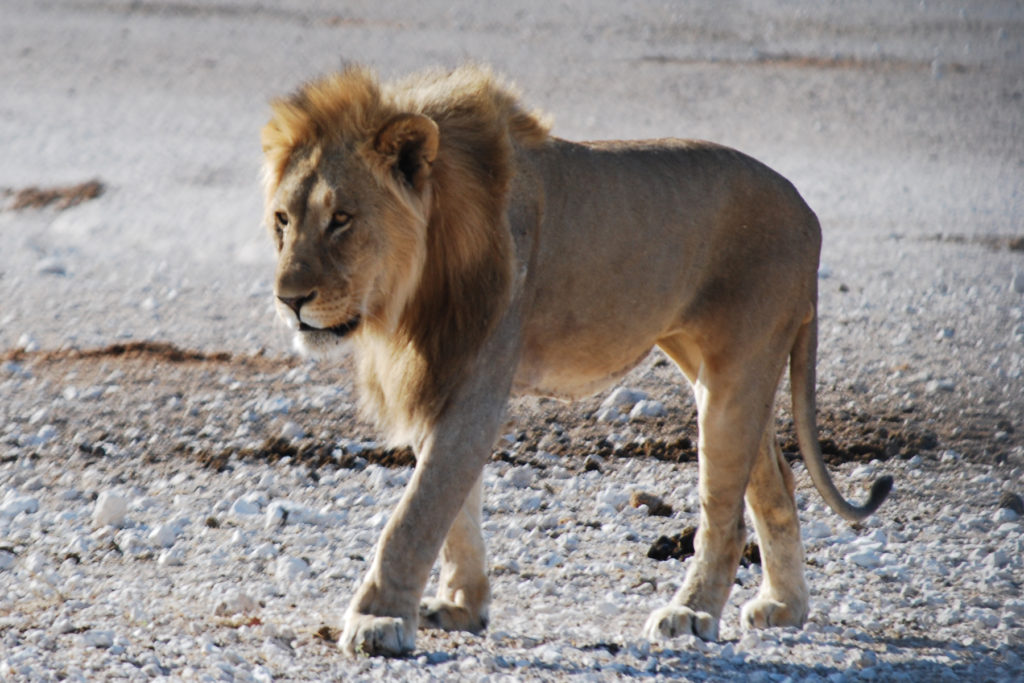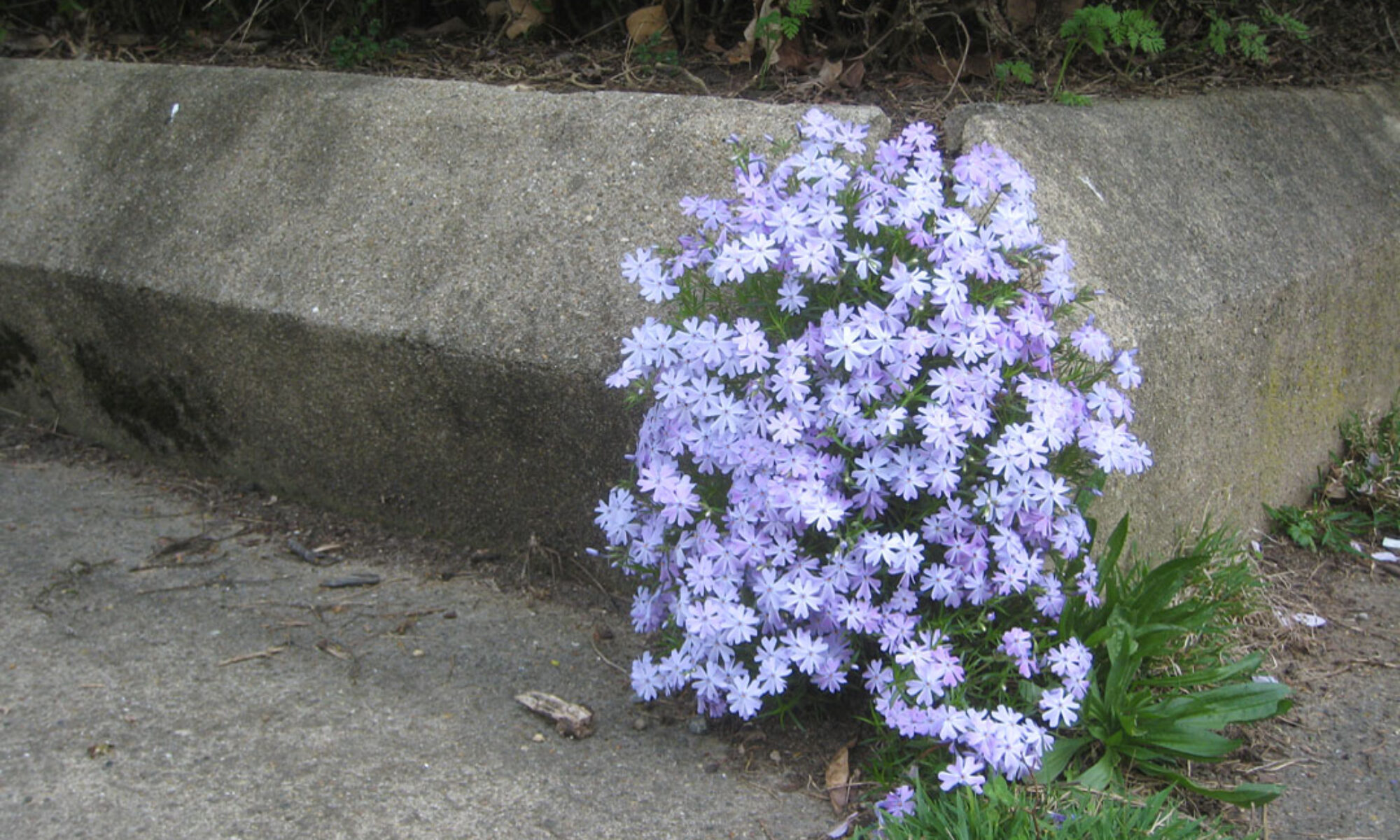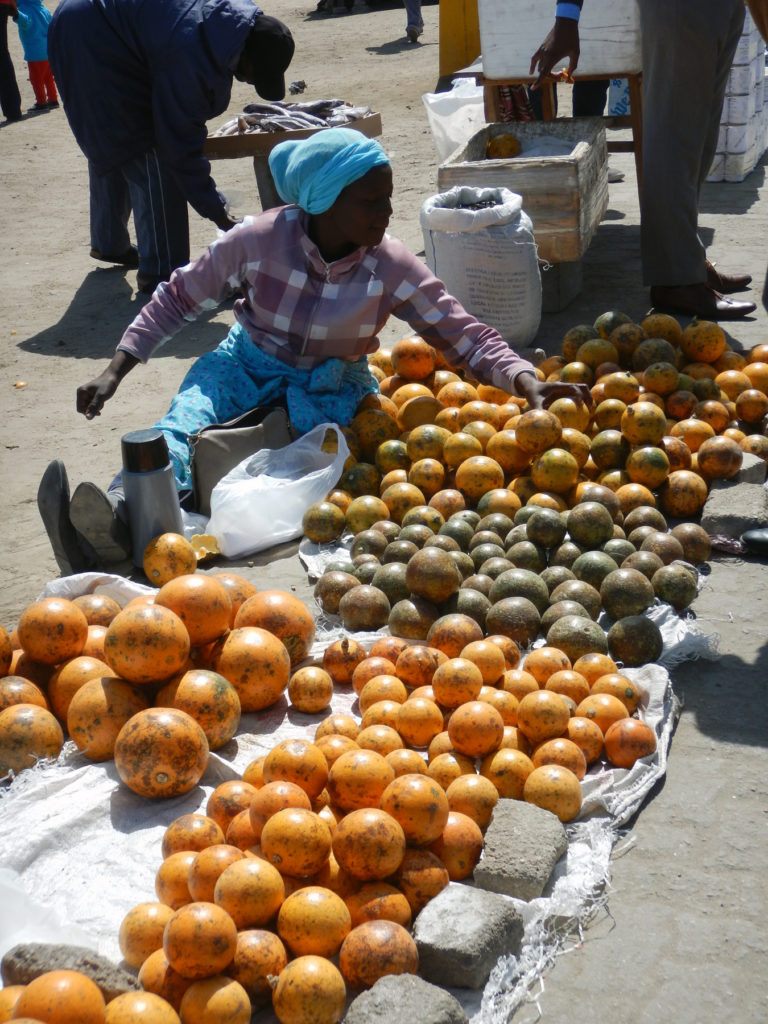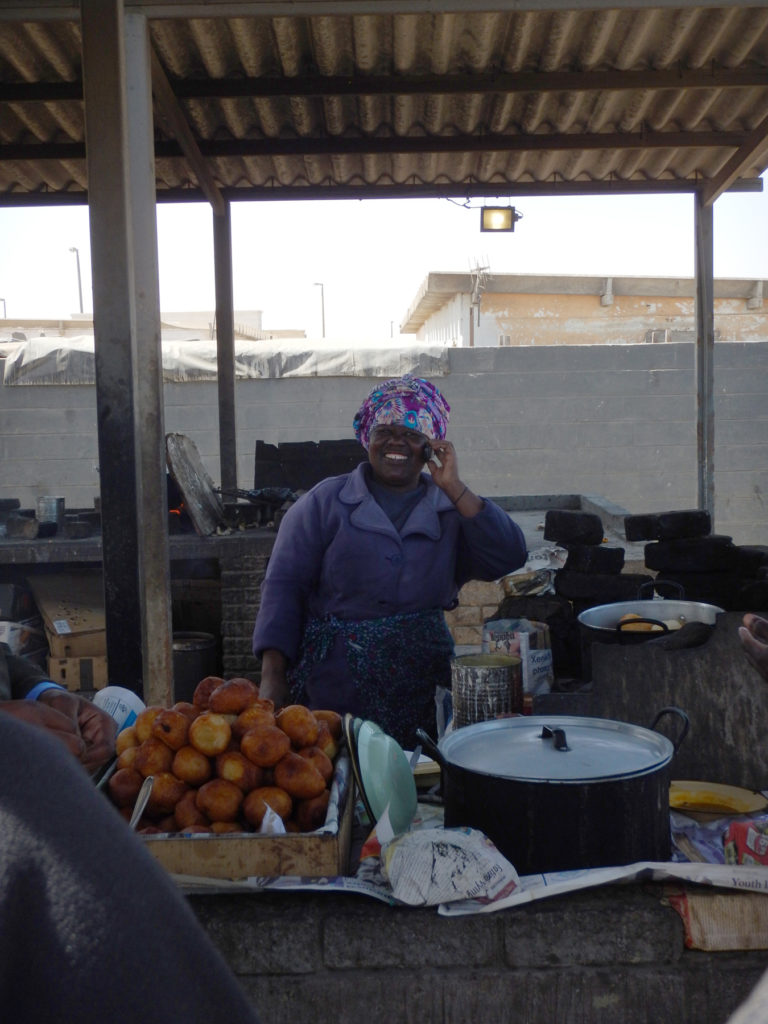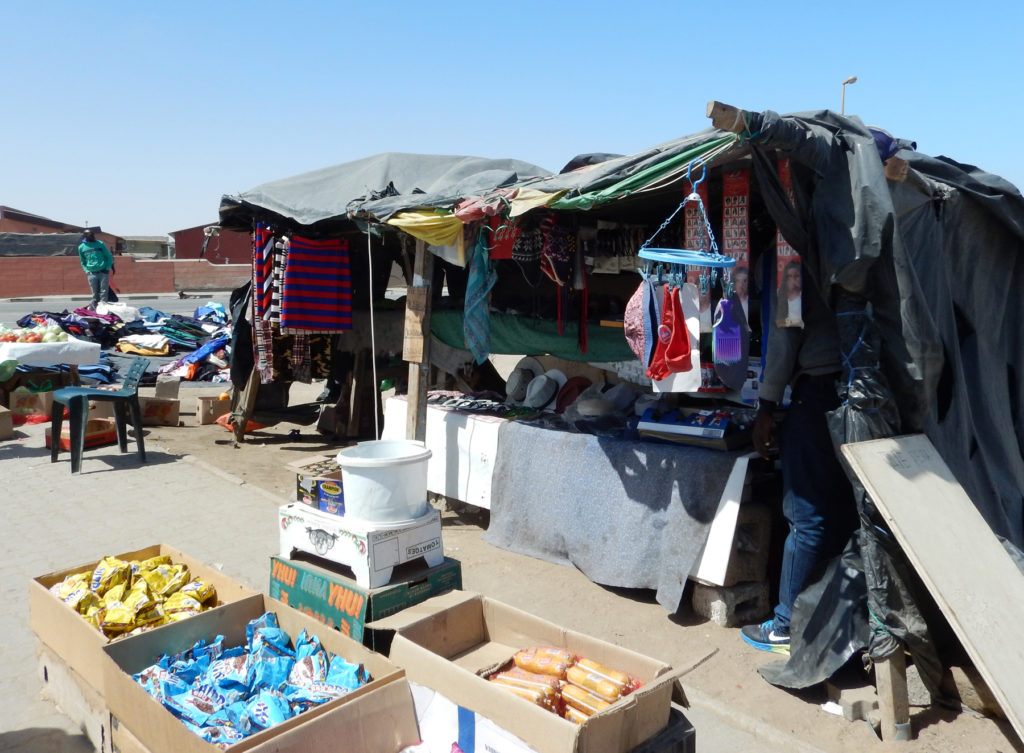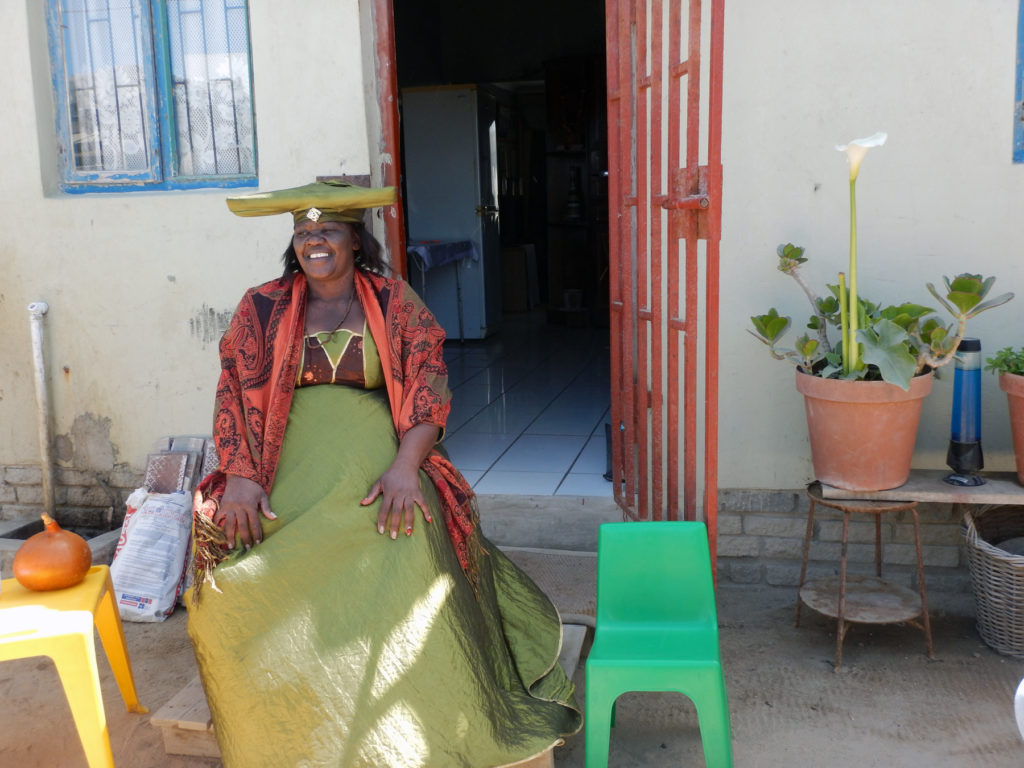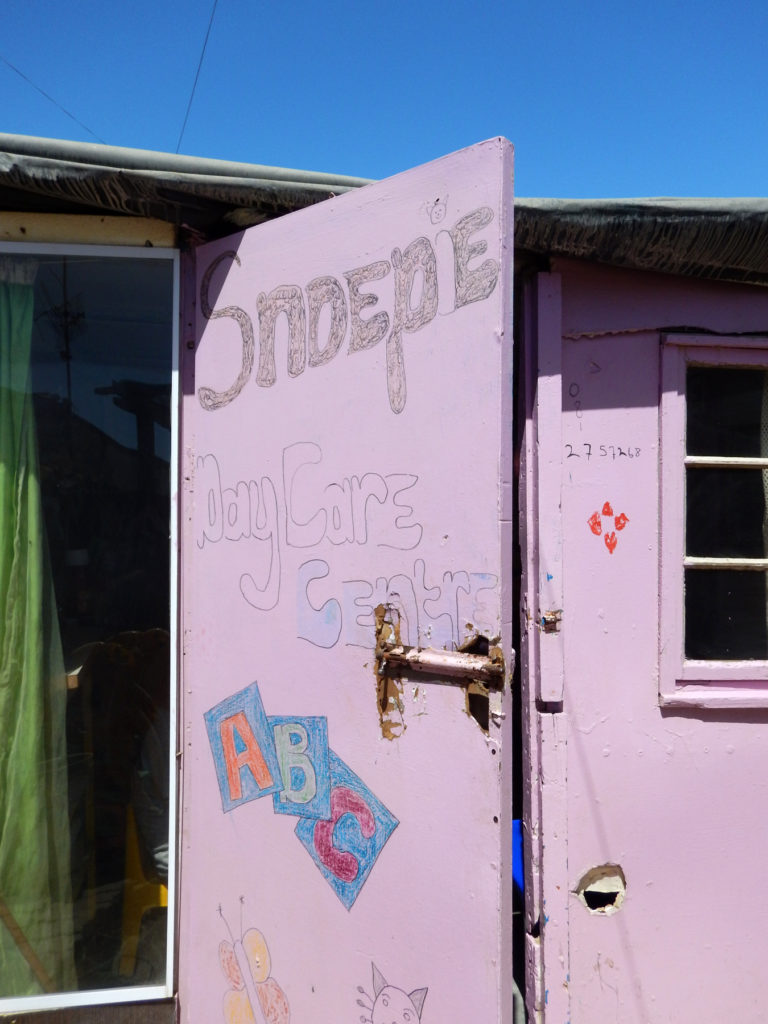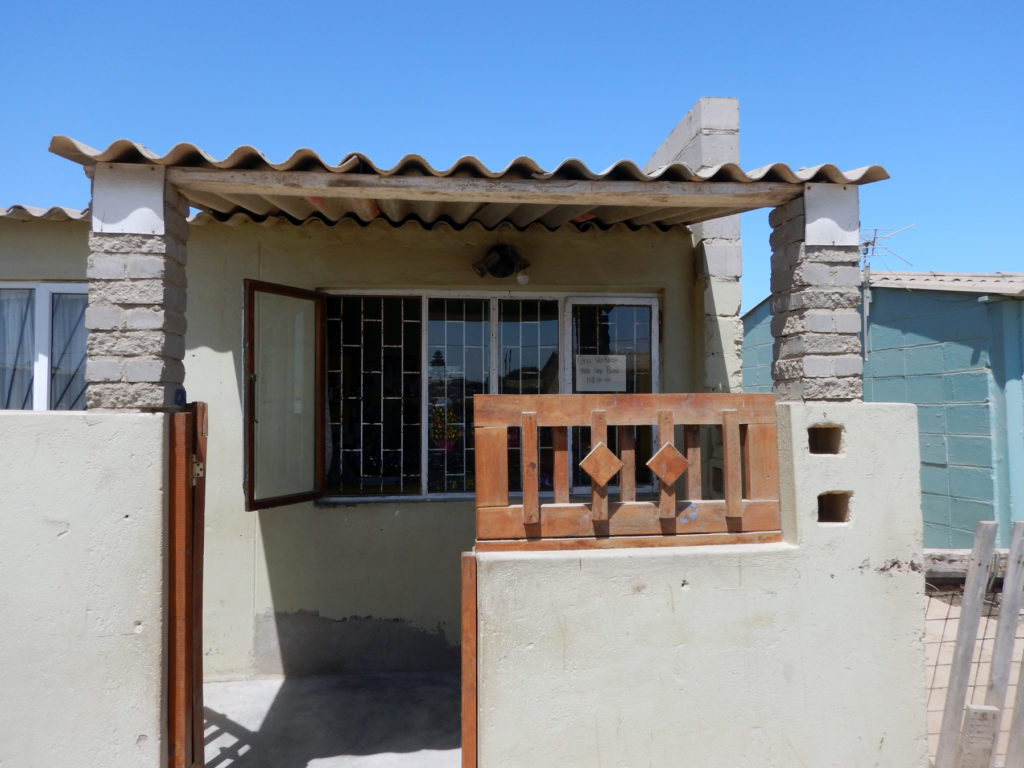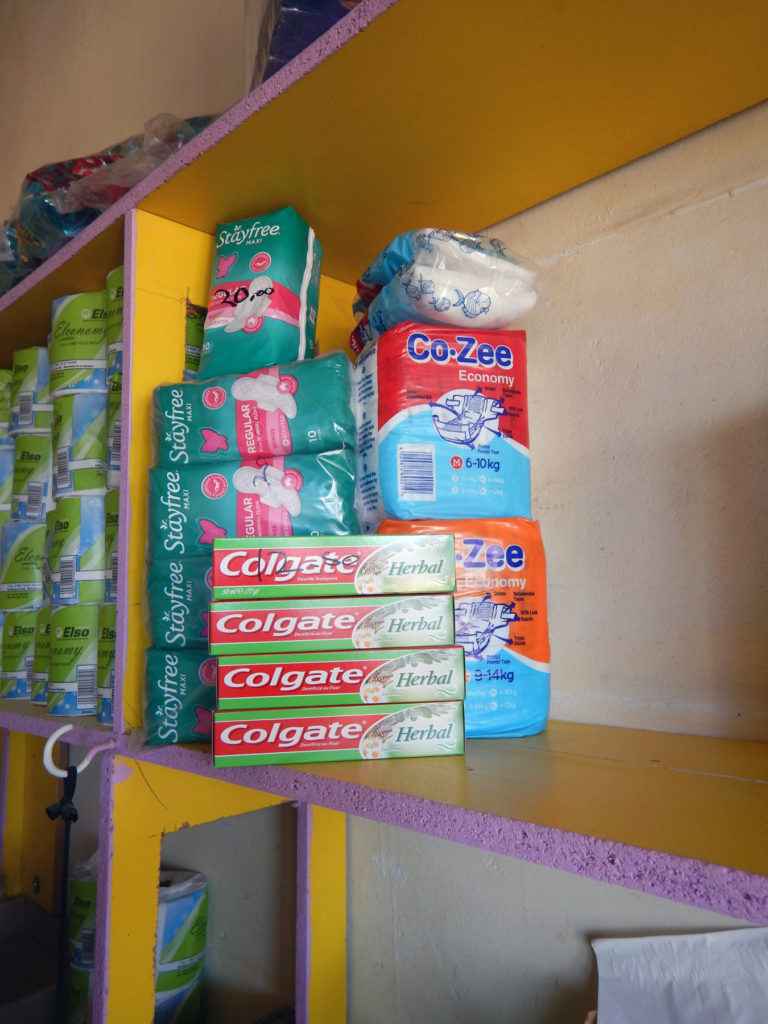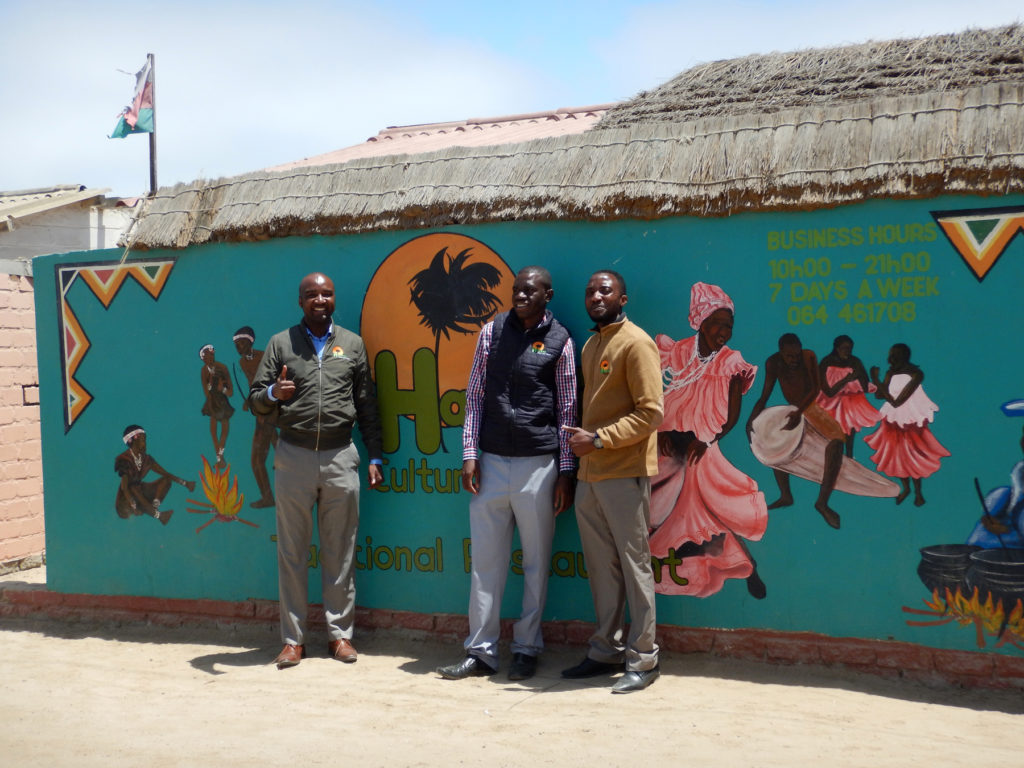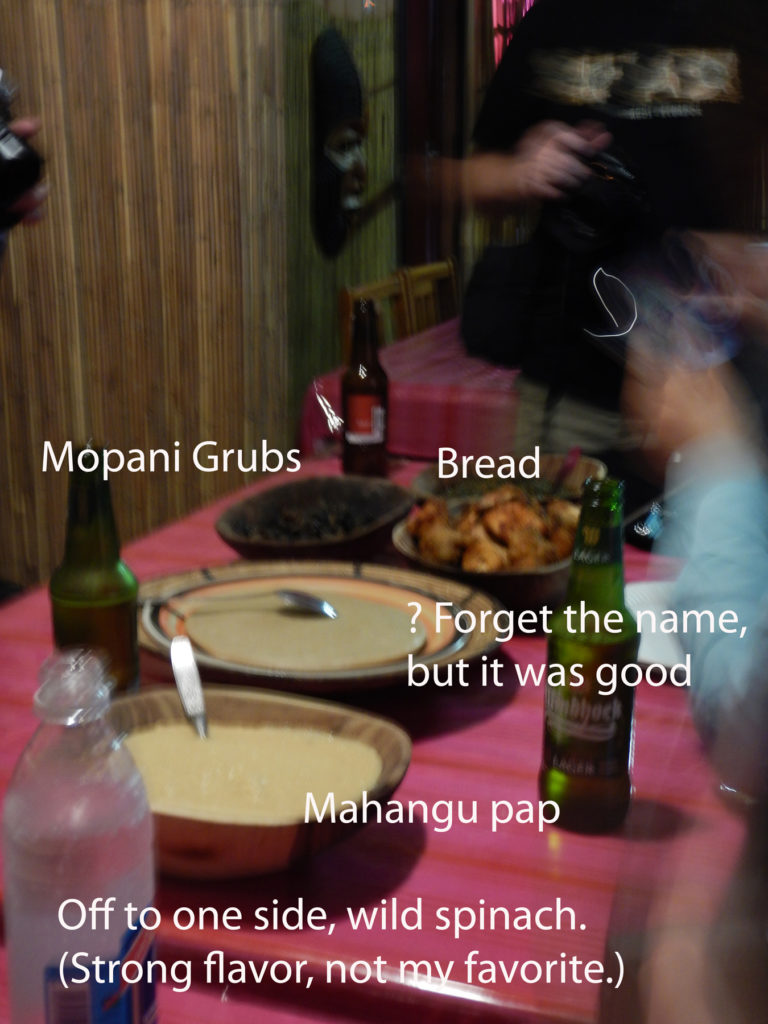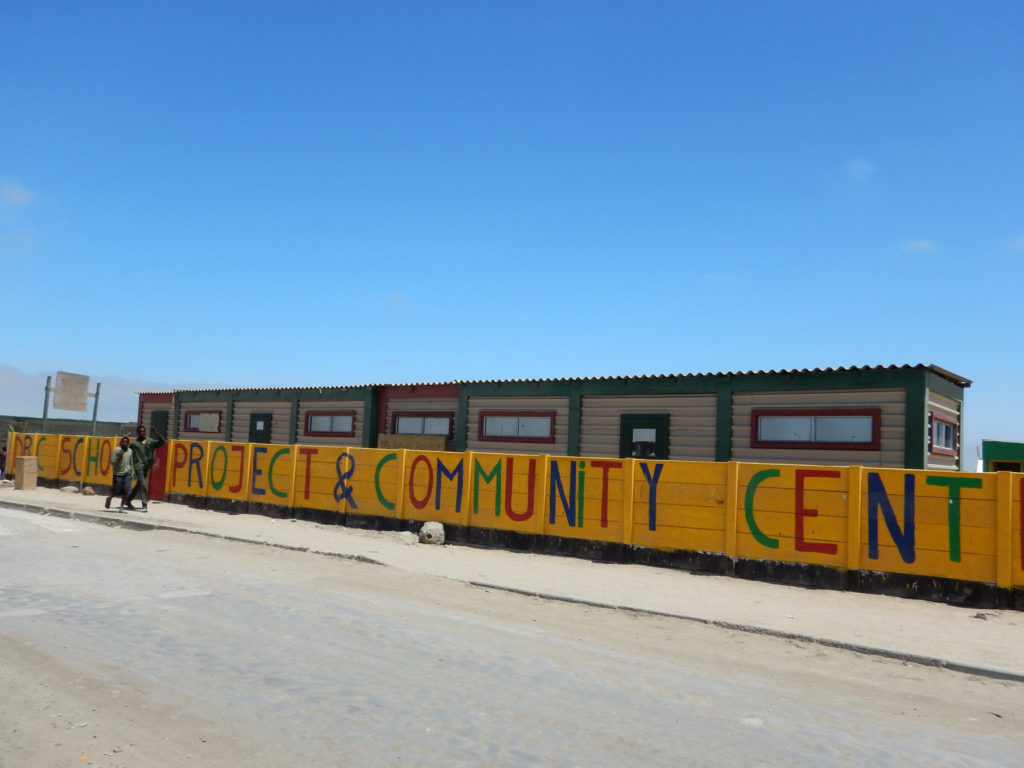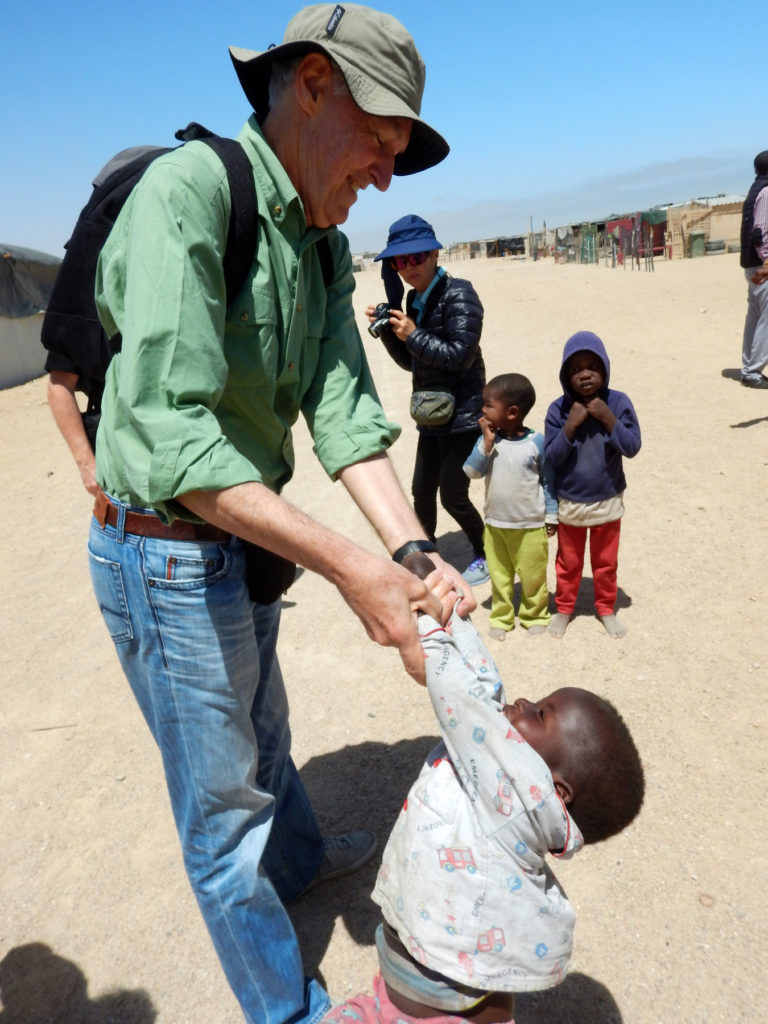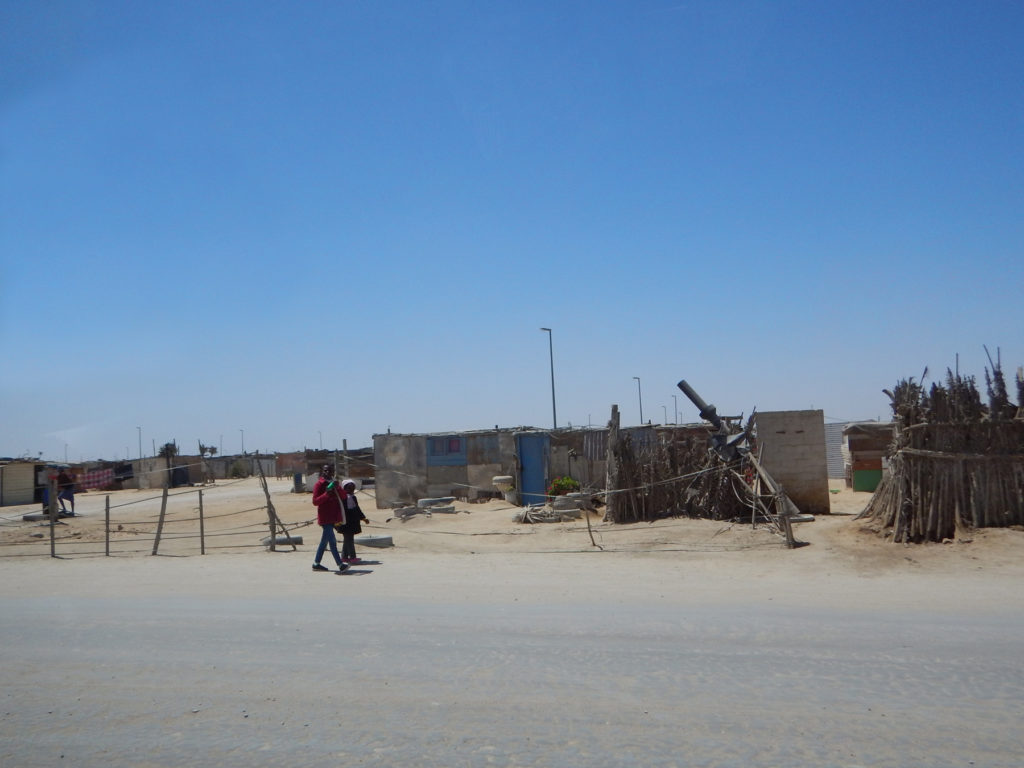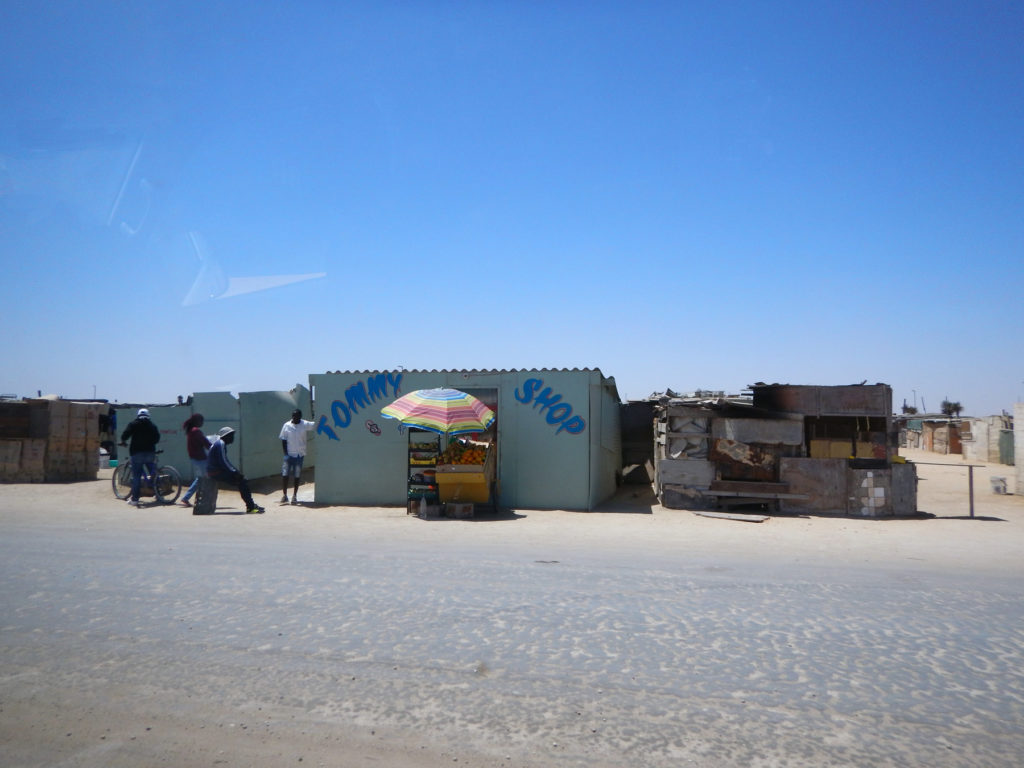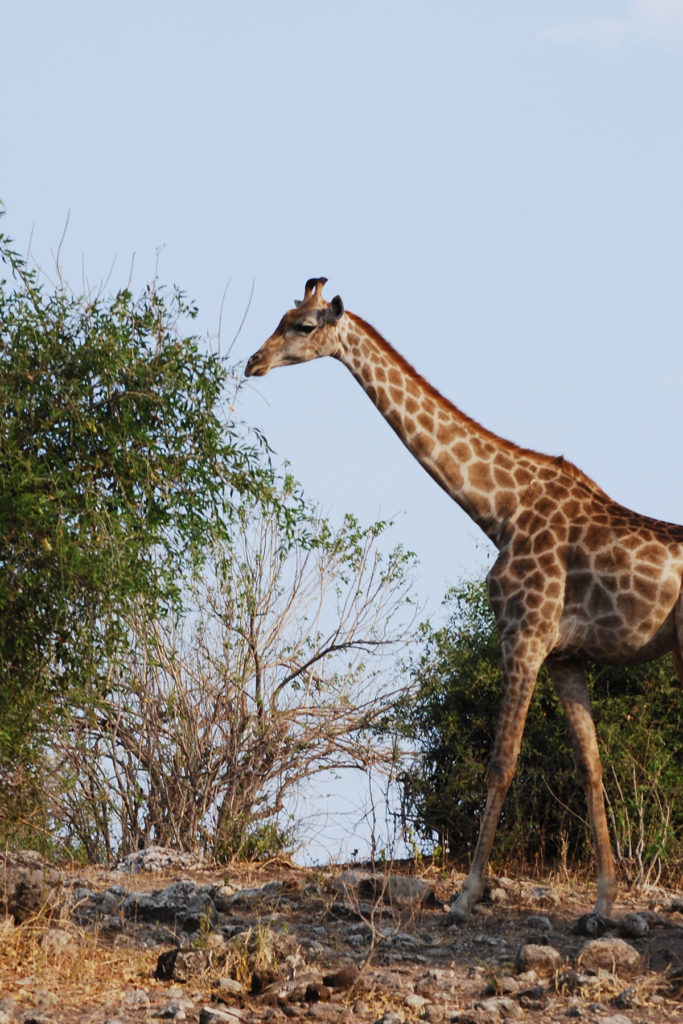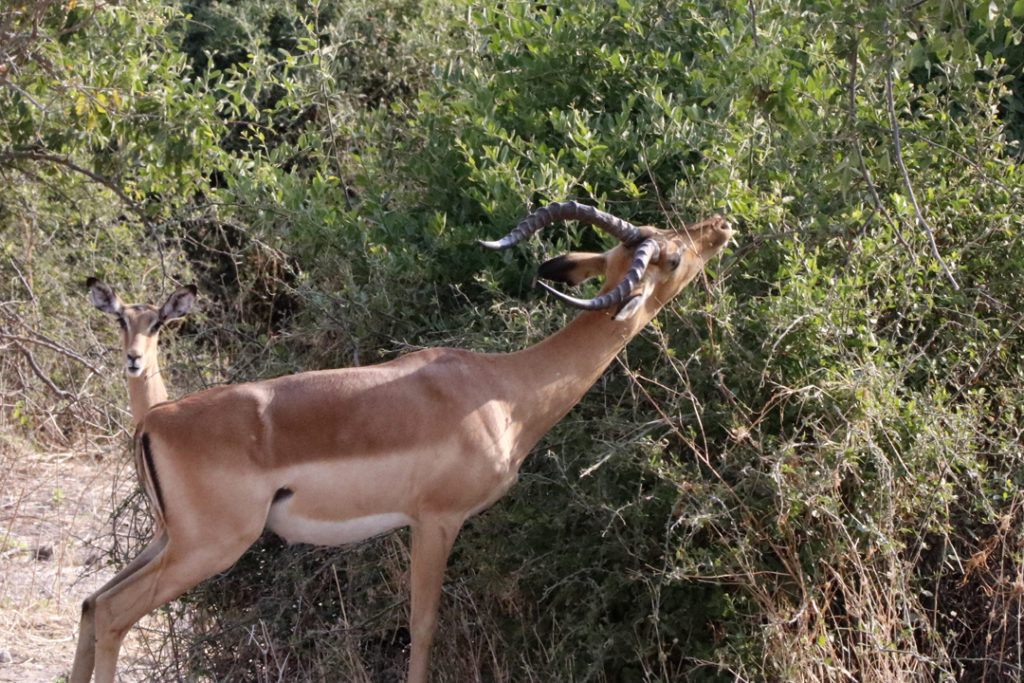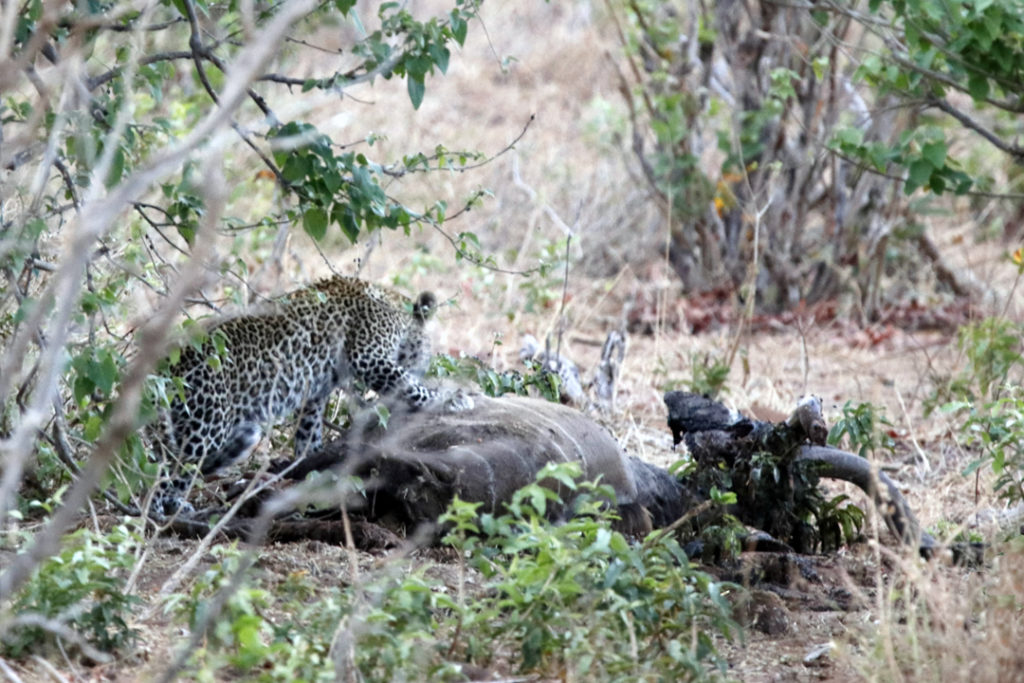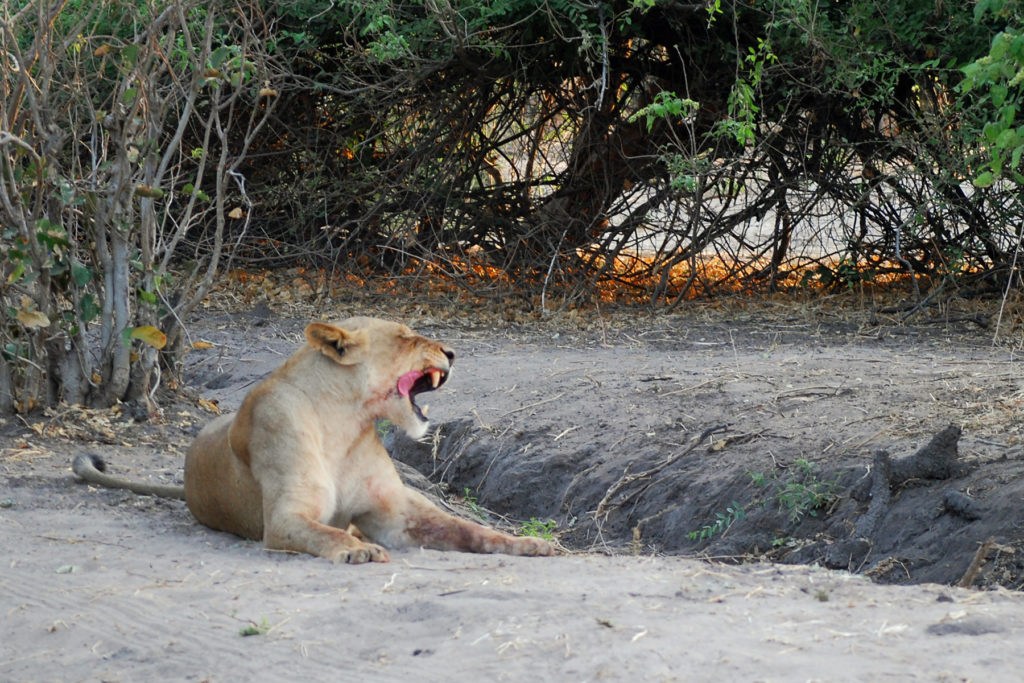We like to think of lions as big cats. That’s not wrong, but it makes them seem friendly and cuddly and safe. They deserve a fiercer characterization. They’re more like tigers without stripes. They are more like bears without fur. And with teeth. Sharp teeth.
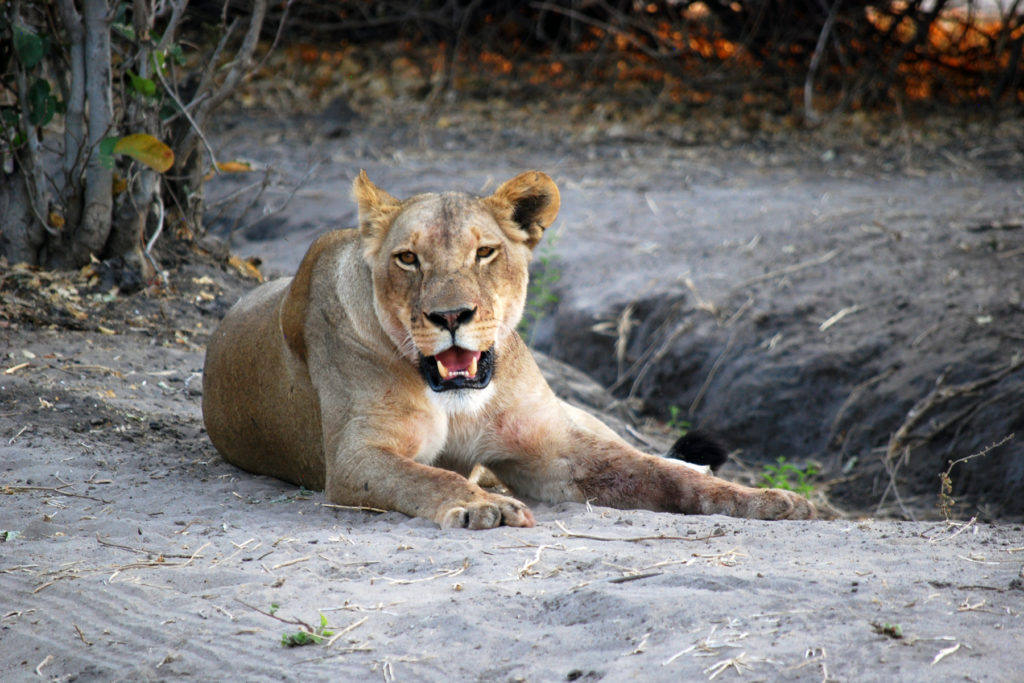
While we were visiting in Botswana and Namibia, we took our cameras and went out mornings and evenings. Our drivers knew the most likely spots to find the animals, and we jockeyed for position inside our oversized safari vehicles.
This lion sauntered from a sunny spot to the only available shade. The animals were aware that the vehicles were there, but they also knew we were not a source of food, so they completely ignored us.
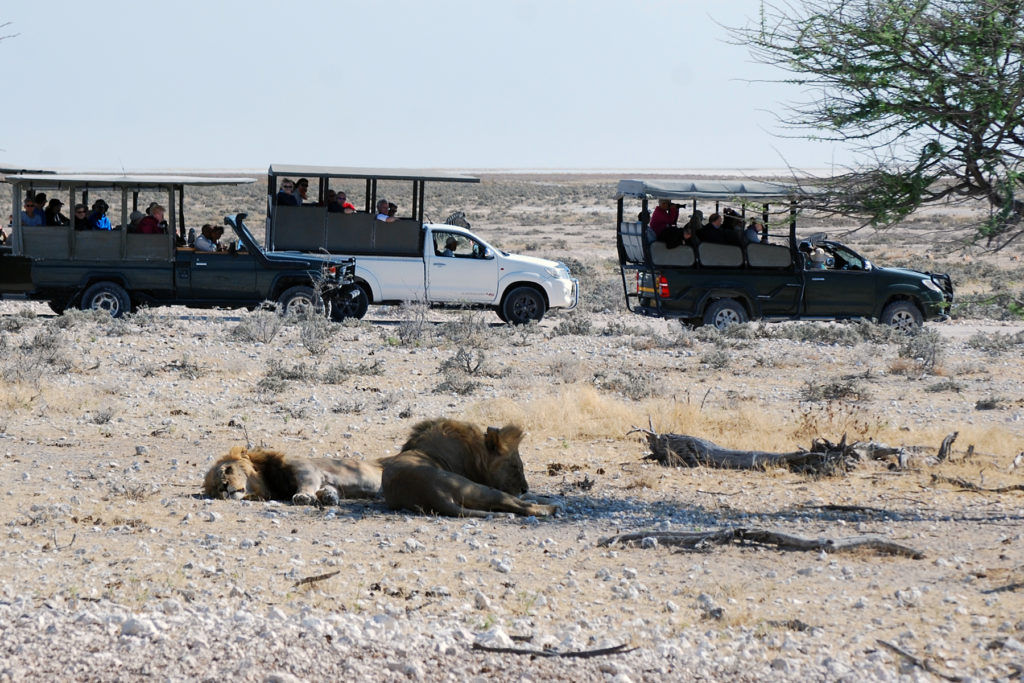
In the next video, two groups of lions make sure an incoming third group respects their space. I didn’t notice the middle group until the male made his presence known partway through.
It ended peacefully. It was too hot that day to anything other than lie down, and the three groups of lions stayed away from each other. Eventually even the photographers grew disinterested, and we drove off to another site.
